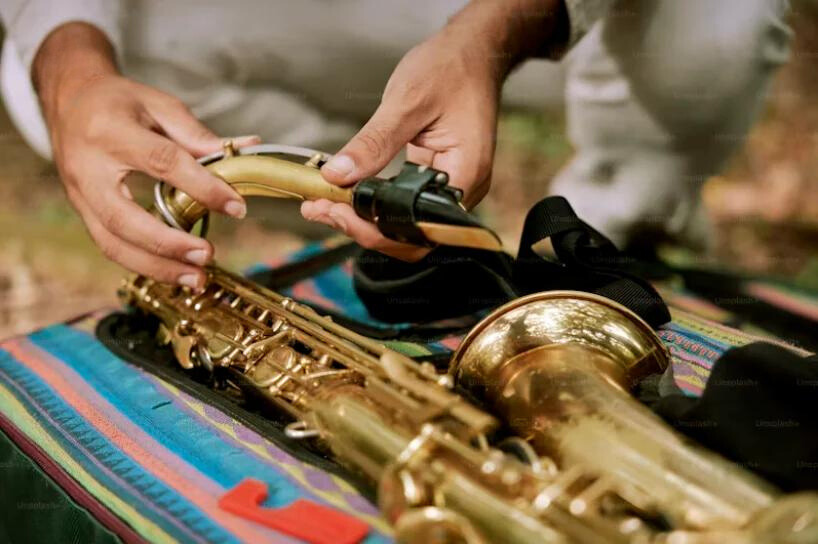The Origin of Sound Can Be Understood Through Physical Phenomena, Biological Evolution, and Human Language Development
1. Origin of Sound in the Physical Sense
Sound is fundamentally mechanical waves produced by vibrating objects propagating through a medium (e.g., air, water, or solids). Its origins trace back to:
-
The Early Universe: Pressure waves generated by the Big Bang (~13.8 billion years ago) may have propagated through the early universe as the earliest "sound waves," though these vibrations lacked a medium (like air) and thus differed from conventional sound.
-
Natural Vibrations: After Earth formed, natural phenomena such as wind, thunder, and flowing water became the earliest sources of sound through physical vibrations.
2. Evolution of Biological Sound
The use of sound for communication and survival evolved gradually in living organisms:
-
Invertebrates: Insects like crickets began producing sound by rubbing body parts (~300 million years ago).
-
Vertebrates: Fish evolved swim bladder vibrations, amphibians (e.g., frogs) developed vocal sacs, and birds and mammals (including humans) evolved more complex vocal organs (e.g., syrinx, larynx).
-
Functions: Biological sounds initially served purposes like mating, warning, or territorial competition, later evolving into complex social communication.
3. The Emergence of Human Language
Human sound is unique due to the development of language, involving:
-
Anatomical Adaptations: The descent of the larynx in Homo sapiens (~200,000 years ago) enabled precise control of airflow, producing diverse vowels and consonants.
-
Brain Evolution: Development of language centers in the cerebral cortex (e.g., Broca's area) supported the generation and comprehension of complex speech.
-
Social Drivers: Collective cooperation and knowledge transmission drove the evolution of language from simple vocalizations to structured speech.







